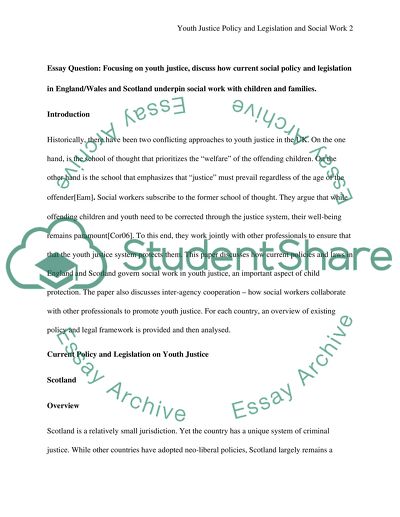Cite this document
(“Social work with children and families - Child care and child Essay”, n.d.)
Retrieved from https://studentshare.org/sociology/1677771-social-work-with-children-and-families-child-care-and-child-protection
Retrieved from https://studentshare.org/sociology/1677771-social-work-with-children-and-families-child-care-and-child-protection
(Social Work With Children and Families - Child Care and Child Essay)
https://studentshare.org/sociology/1677771-social-work-with-children-and-families-child-care-and-child-protection.
https://studentshare.org/sociology/1677771-social-work-with-children-and-families-child-care-and-child-protection.
“Social Work With Children and Families - Child Care and Child Essay”, n.d. https://studentshare.org/sociology/1677771-social-work-with-children-and-families-child-care-and-child-protection.


